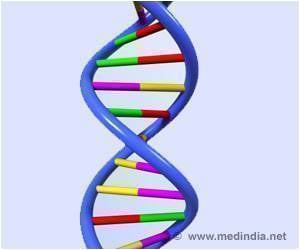French and American researchers have introduced two new databases for studying the human genome.

An illustrative example of the relationship between RNAs and illness is the chronic lymphocytic leukemia. Researchers from the Chronic Lymphocytic Leukemia Spanish Consortium (CLL-ICGC), of which Valencia's team forms part, have observed an accumulation of mutations in the genes responsible for the splicing process. These observations suggest that alterations in these mechanisms might be the cause of the disease.
COMPILING FUNCTIONAL DATA
One of the articles published in NAR makes the APPRIS database available to the public and contains an integrated computational system that identifies those alternative splicing protein variants that are most relevant for cells.
This new database has brought together functional variants of 85% of the human genome, which "turns it into a powerful tool for analysing specific mutations in protein variants related to illness", says Michael Tess, the lead author of the article.
The APPRIS system is part of the ENCODE international project, in which more than 400 scientists from 32 laboratories in the UK, the US, Singapore, Japan, Switzerland and Spain have taken part.
Advertisement
Advertisement
Furthermore, ChiTaRS relates some of these chimeric RNAs to chromosome alterations that are present in different types of cancer.
The entries in ChiTaRS are incorporated into the universal UniProt Knowledgebase system (UniProtKB), that contains a broad catalogue of information on proteins from laboratories around the world.
"The RNAs and chimeric proteins have become a powerful tool for researchers over the past few years, as they can be used as new cancer markers, as well as possible targets for the generation of new drugs," says Milana Frenkel-Morgenstern, the first author of the study. This new catalogue will also help further understanding of the evolution of chimeric RNAs in eukaryotes and their functions in organisms.
Source-Eurekalert










